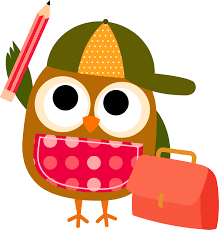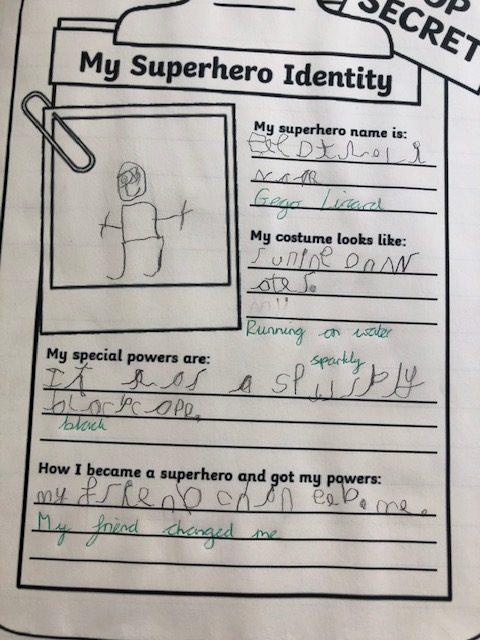
Early Mark Making
Children begin to explore writing through mark making. Exploring shapes, lines and building up the motor skills children need to then begin to develop writing at a later stage.
Squiggle While You Wiggle
This is a physical approach to stimulate early writing. Children use movement with music to develop their motor skills in preparation for writing. Squiggle whilst you wiggle encourages whole body gross motor movement- exercising pivot points in children's wrists, elbows and shoulders in preparation for developing a fluid handwriting style. In Nursery & Reception the children take part in squiggle whilst you wiggle sessions. First they paint each other to help them get familiar with the parts of the body. Then they will learn a new gross motor movement to a piece of music. They will dance using this movement and use it to make marks, this can be in foam, on paper, in sand etc. This is then developed into more fine motor skills to develop pinch and grip skills ready for developing writing later on. They will then use this action to think of letters they can form that use this shape. These sessions are great fun but most importantly help your child to be confident mark makers.
Dough Disco
Children learn to manipulate individual fingers and develop strength through their hands and wrists through our daily dough disco sessions. A practitioner guides the children through an exercise routine to music practicing movements to develop fine motor control. Dough is also available daily in the environment for the children to access to practice and refine their skills.
Funky Fingers
The development of early writing skills is closely connected to children's Physical development. Funky Fingers activities within the learning environment support the development of fine motor skills, developing finger strength, manipulation and accuracy by completing a variety of tasks using different equipment such as tweezers or threading in our Funky Finger Activity Stations.
Development of Writing
3-4 years (Nursery)
At this stage the children sometimes begin to give meaning to marks as they draw and paint. They will also start to give meanings to marks that they see in different places.
Reception
By now, the children are giving meaning to marks they make as they draw, write and paint. They begin to break the flow of speech into words and continue rhyming string. Focus will be on hearing and saying the initial sound in words. Before they begin to segment the sounds in simple words and blend them together. Next, they will make links sounds to letters, naming and sounding the letters of the alphabet. From this knowledge the will begin to use some clearly identifiable letters to communicate
meaning, representing some sounds correctly and in sequence. Finally, they will be able to write most of the following; own name, labels and captions. Many children will also be able to attempt writing short sentences in meaningful contexts, such as using a picture to retell simply that part of a story.
Early Learning Goal for Writing
Children at the expected level of development will:
- Write recognisable letters, most of which are correctly formed;
- Spell words by identifying sounds in them and representing the sounds with a
letter or letters;
- Write simple phrases and sentences that can be read by others.
Early Learning Goal for Fine Motor Development
ELG: Fine Motor Skills
Children at the expected level of development will:
- Hold a pencil effectively in preparation for fluent writing – using the tripod grip
in almost all cases;
- Use a range of small tools, including scissors, paint brushes and cutlery;
- Begin to show accuracy and care when drawing.

